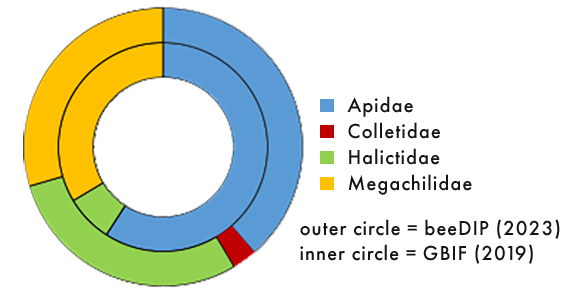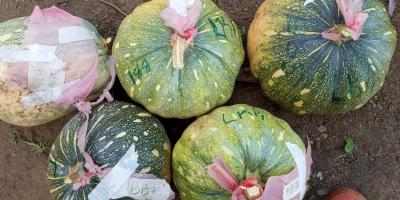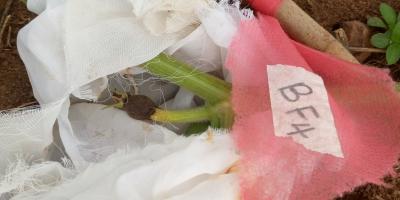Welcome to the BeeDip: Bee Diversity Informatics Portal
This information portal is about the bees of Uganda and Pollination. The portal describes the diversity and distribution of bees present in different locations of Uganda. It hosts an interactive map of where each record in the database has been located. The portal includes pages that provide information about different groups or species of bees, pollinators and pollinator habitats and links to other sites with valuable information on pollinators and pollination.
Funding for development of the portal was provided by the JRS Biodiversity Foundation through a grant to Makerere University.
Database Statistics
Data Collection Locations
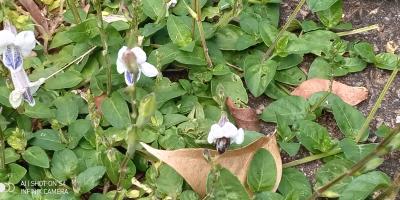
Maintain patches or borders of flowering wild plants in and around your gardens. Bees depend on these for food and shelter. Wild plants protect and feed bees.
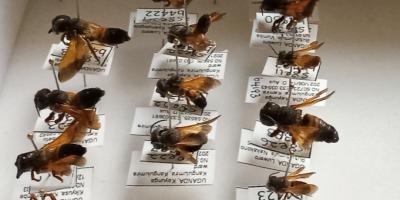
While only a portion of the specimens have been identified to species or to genus, many specimens have been identified to family.
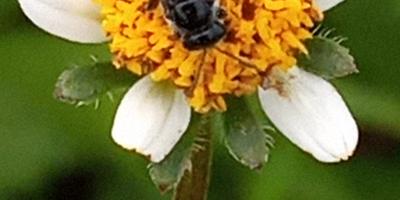
Pollinators are amazing! Did you know that a single bee can pollinate x number of flowers in a single day? What about this: bats are pollinators!
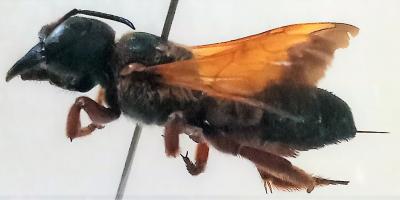
Leafcutter bees are similar in size to honeybees or slightly larger and have large eyes.
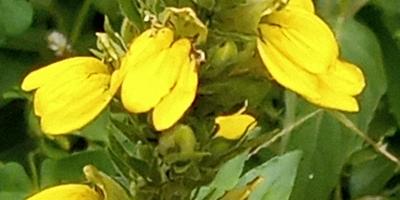
In the dry season, as many as twenty different bee species have been seen on this plant. This plant is Justicia flava and it is a perennial herb. It also feeds pollinator butterflies.
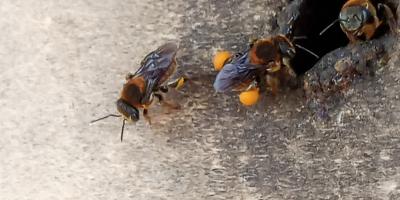
Stingless bees are one of many types of bees, and they play an important role in agricultural production. At least seven species of stingless bees have been reported in Uganda.
